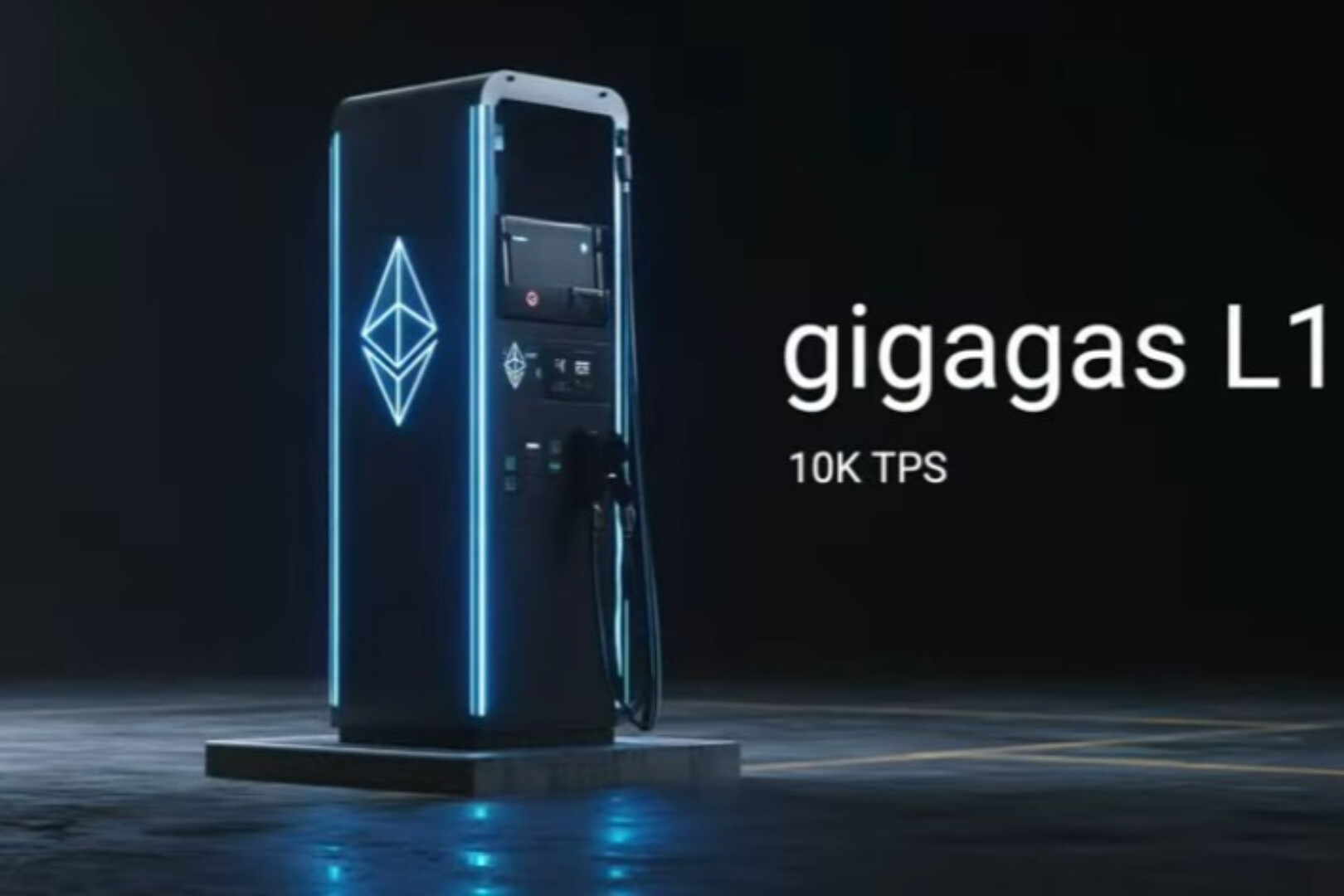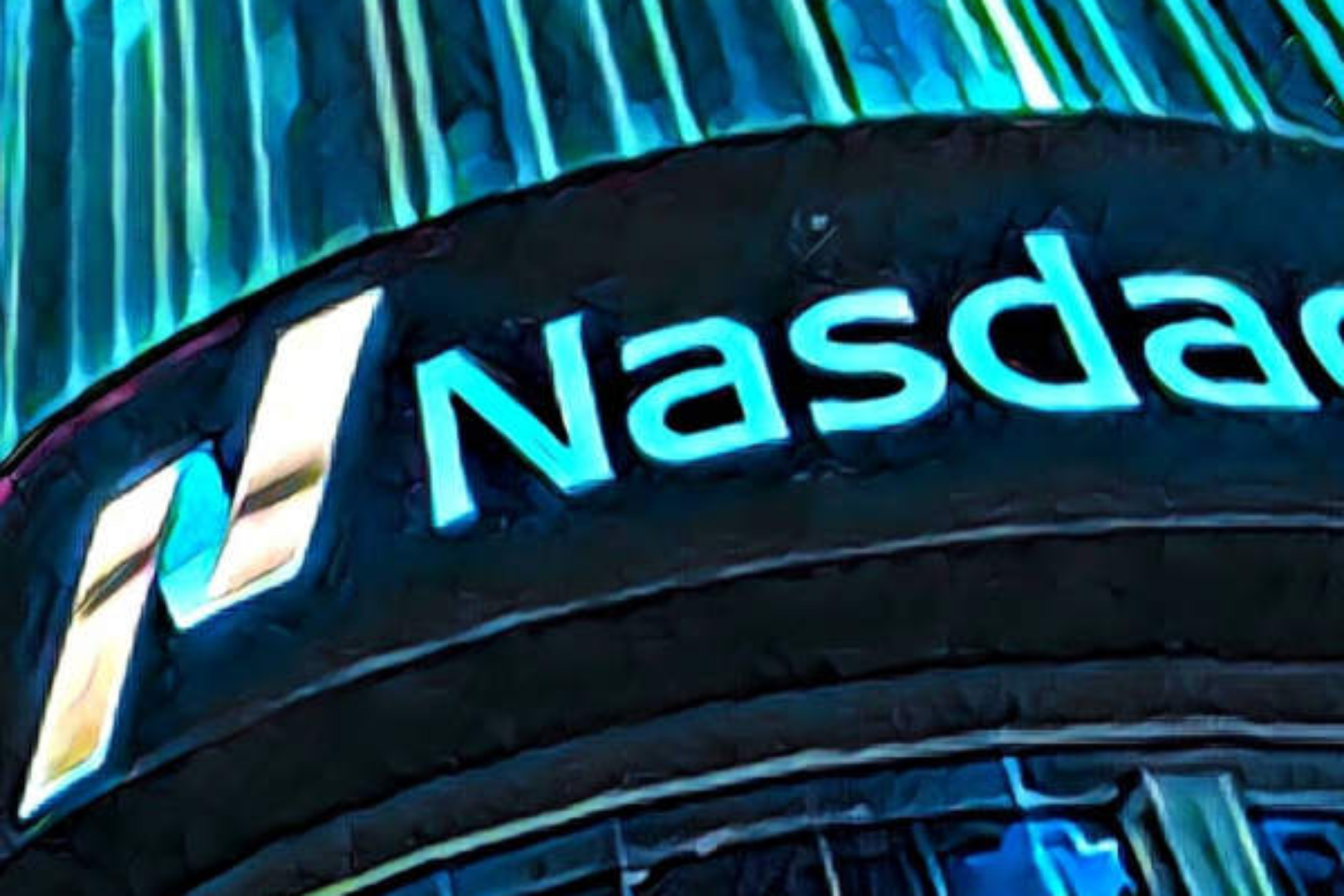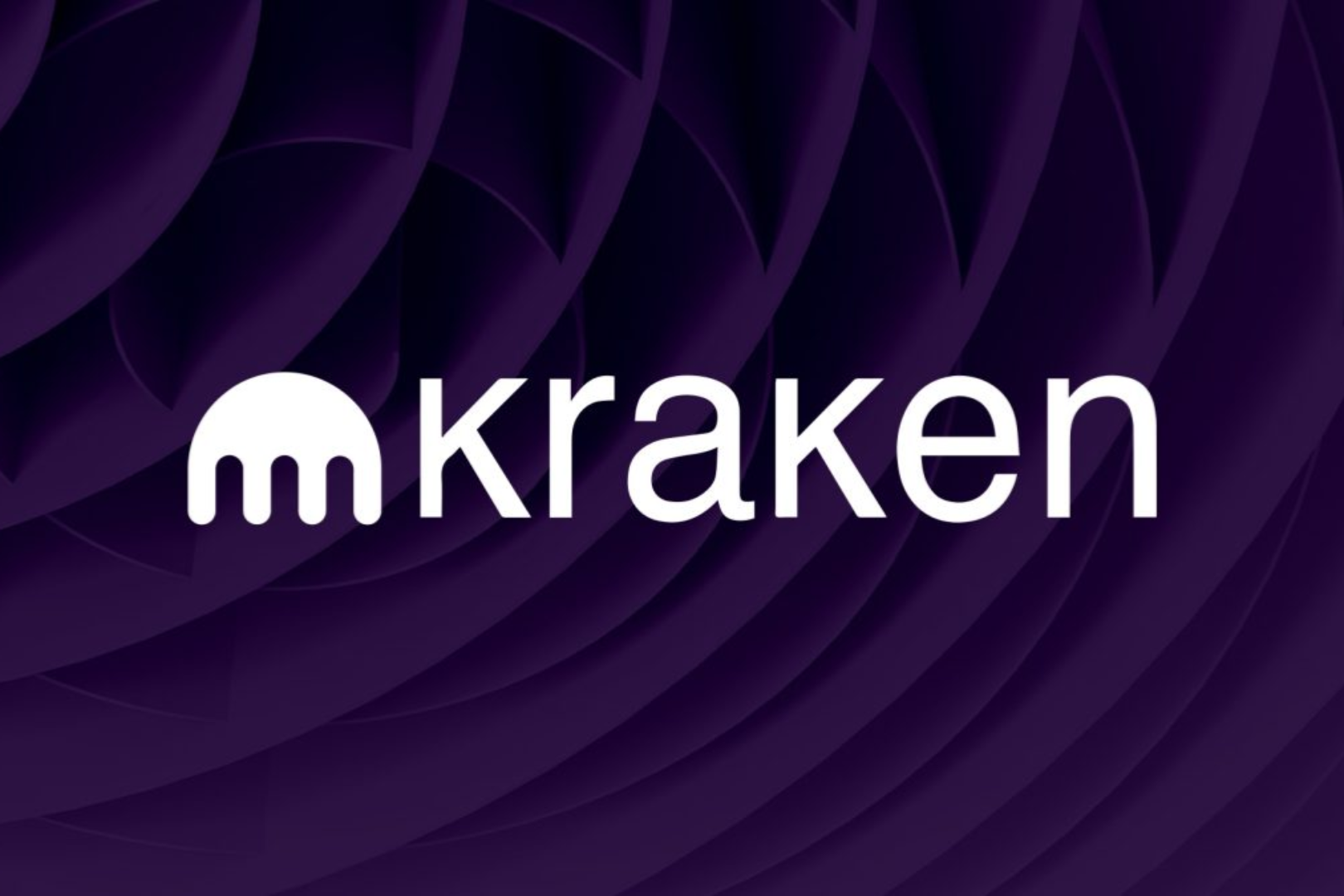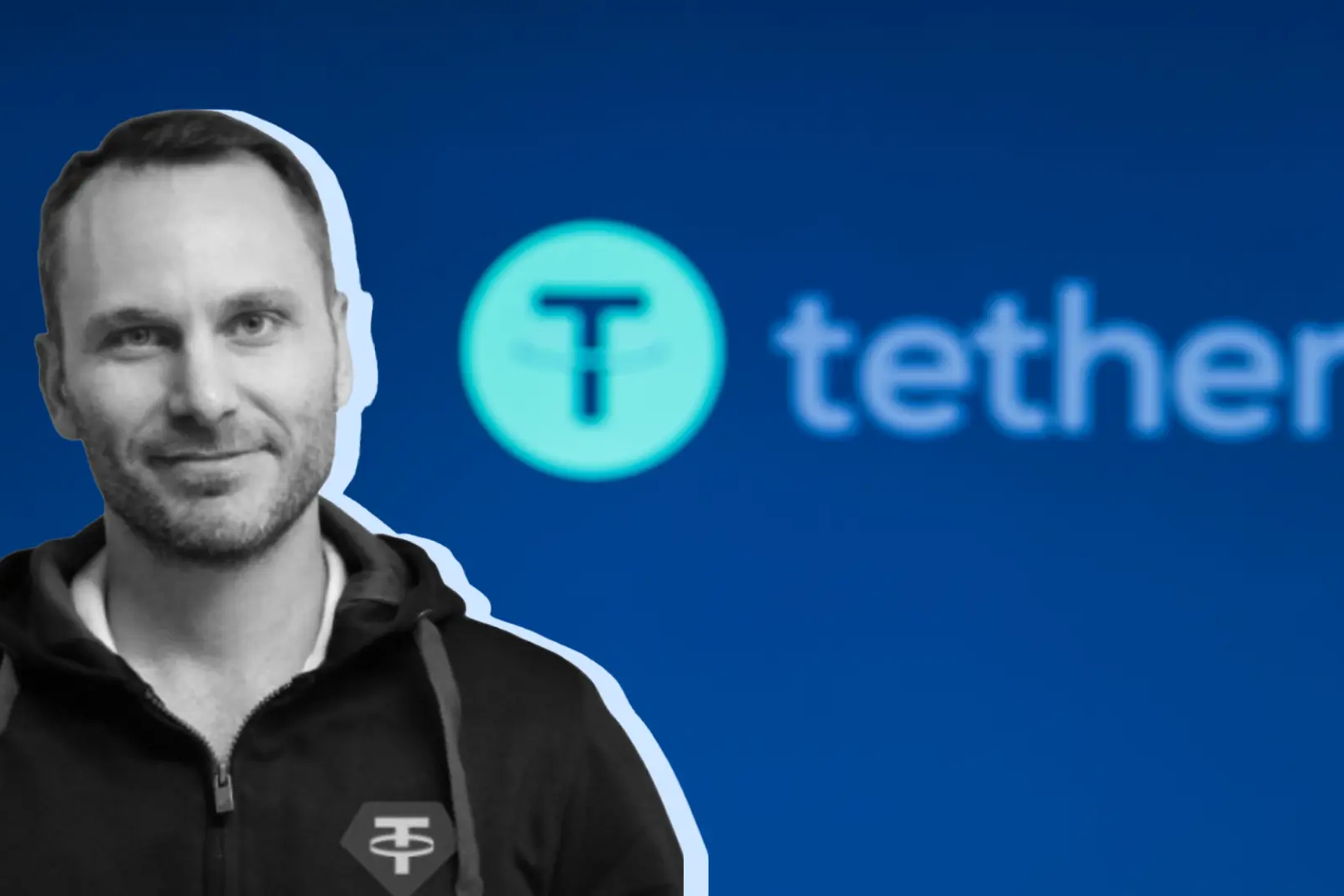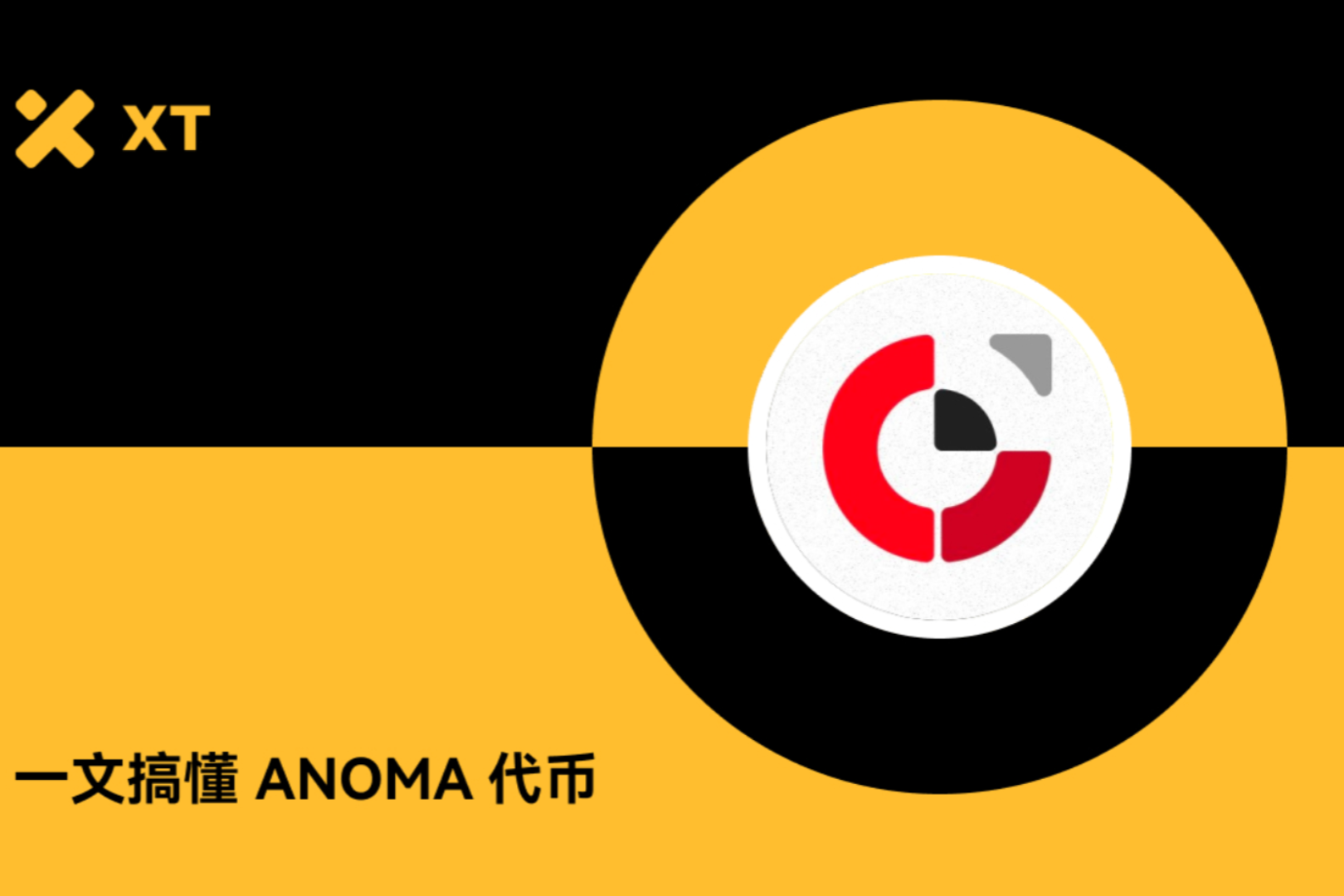
Editor's note: The author of this article is the Centrality Chinese community, and Odaily is authorized to reprint it.

Recently, a project called BarnBridge became popular. Within 12 hours of its launch, the total lock-up amount reached about 200 million US dollars. At present, the project has obtained investment from Fourth Revolution Capital, ParaFi Capital, Synthetix founder Kain Warwick, Aave founder Stani Kulechov, DARMA Capital managing partner Andrew Keys, Centrality, Blockchain Companies, Dahret Group and other institutions and well-known practitioners have invested $1 million in seed rounds.
Aaron McDonald, CEO of CENNZnet, is currently serving as BarnBridge's chief consultant, and Centrality behind it also participated in BarnBridge's seed round investment.
So what is BarnBridge?
BarnBridge is a cross-platform hierarchical derivatives protocol that quantifies and marks the risks of DeFi products in batches through several dimensions of yield and volatility, and grades the risks to provide investors with different needs for selection.
BarnBridge was originally conceived in the second quarter of 2019, when MakerDAO started to gain mainstream attention and capture the imagination of what is now known as DeFi or decentralized finance community. More than a year later, with 60% of global debt yielding less than 1% and over $15 trillion in global debt generating negative interest rates, capital continues to flow into riskier yields.
In order to answer community questions, BarnBridge hosted an online Q&A, answering everything about CENNZnet and BarnBridge, the full text is as follows:
Tyler:Hi everyone, nice to meet you, I'm Tyler, one of the founders of BarnBridge. I also currently run Proof Systems, one of the largest digital property marketing and UI/UX companies in the world. Worked with ConsenSys, Earn.com (acquired by Coinbase), FOAM, Dether and Grid+, Centrality, Sylo (decentralized chat app with 300k users in New Zealand), NEAR, DARMA Capital, SingularDTV and snglsDAO. He started working on encryption technology at the end of 2016 and has invested in several e-commerce companies.
Q1: What kind of project is Barnbridge, and what problem does it ultimately want to solve?
Tyler:We will convert price volatility into tokens, and BarnBridge will be the first protocol to tokenize volatility.
Before the advent of smart contract technology, it was nearly impossible to decentralize, transparently track and structure returns to provide a hedge against any volatility.
In theory, any market-driven volatility can be used to construct derivative products to hedge various risks. Examples include interest rate sensitivity, fluctuations in underlying market prices, fluctuations in market forecast probabilities, fluctuations in mortgage default rates, fluctuations in commodity prices, and more.
Traditional finance can use a large number of derivatives to hedge risks. It is time for DeFi to have its own volatility management products.
Q2: Can you introduce your team background?
Tyler:While helping NEAR, ConsenSys and other companies to do UI and promotion, I learned a lot about DAO and smart contract protocol itself. After experiencing the ups and downs of different projects, I gained a new understanding in contract management, marketing and other aspects.
I worked as a fixed income trader in the early days, and then worked with decentralized derivatives projects. This experience allowed me to initially form the prototype of BarnBridge in April 2019. But the derivatives market at that time was not mature enough.
On the team side, we were very lucky to find former ConsenSys early employees. Our other co-founder, Troy, is a master of community governance. He was preaching for DAO before the DeFi industry took shape.
Our development team built many existing tools for ConsenSys development. If it wasn't for COVID, if ConsenSys had managed to raise money, I wouldn't have found such a great co-founder.
Q3: Why has BarnBridge been supported by many well-known organizations and founders of DeFi projects from the very beginning? Is there a story here?
Tyler:For work reasons, I have met many industry leaders. Neither I nor the rest of us are anonymous (you are welcome to follow us on Twitter). The financing situation is as follows:
When I finished writing the white paper last April, I realized that the market was immature. At that time, I had already made money in SNX, but hoped to better manage the risk of all my DeFi investments.
I kind of wanted to build this kind of protocol or someone else has built something like BarnBridge now, so I sent Kain at Synthetix an email to get him to like the idea.
Kain liked the idea, but said he was also busy, and if I could find a development team that could build something as complex as BarnBridge, he'd like to fund it. He agrees with me that its own protocol can be integrated with other protocols instead of being built directly on Synthetix. So my founders and I put in $100,000 of our $1 million Series A round to start developing while we were done with the white paper and talking to investors.
$100w was quickly finalized, and finally pushed away several big funds such as Framework, Accomplic, Morgan Creek and even Pentera. Also chatted with Coinbase.
In the end, apart from Kain, our investors include ParaFi and Fourth Revolution Capital, and Aave founder Stani was the last to join (it seems to have squeezed ParaFi away because the share is really not enough).
Q4: Community governance is a very important part of DeFi projects. I think BarnBridge has enabled LaunchDAO for project collaboration and governance from the very beginning. Why did it adopt this new model to launch?
Tyler:We hope that Barnbridge will be distributed by the community. At the beginning, I asked our investor, Kain, the founder of Synthetix, what advice he would give to his original self. Kain said that he would suggest that he build a DAO first.
Our first DAO is called LaunchDAO, which is mainly used to incubate projects and manage investment funds. The DAO of the project is BarnBridge DAO, through which the community will manage 68% of the tokens and treasury (10%) belonging to the community, and control the future direction of the project together with the team. The team, advisors, and seed investors will receive 22% of the tokens.
We seem to be the first DAO-first project.
Q5: What is the difference between LaunchDAO for corporate governance and BarnBridgeDAO for project community governance, and how do they work together?
Tyler:Launch DAO is mainly used to manage the investment in the seed round; we raised 1 million US dollars in the seed round, of which 100,000 US dollars came from the founding team; BarnBridge DAO will manage the agreement and treasury; the accumulated income of all platforms will enter the treasury. Management is by voting.
Q6: What are Smart Income Bonds and Smart Alpha Bonds? What are their functions?
Tyler: The value of any asset is affected by two variables:
Yield fluctuations (stock dividends, rent, interest);
Fluctuations in prices (stock prices, house prices, bond prices).
"Smart Income Bonds": Hedging asset return volatility through bond derivatives. (note the rate of return)
Specifically, the benefits will be divided into two categories: priority and inferior.
The priority class will have its own tokens, and the interest rate received is fixed (you can think about how DeFi can get fixed income now), and the inferior class will also have its own tokens, and the interest rate received is fluctuating (this Where can I get it, Aave, compound are all fluctuating interest rates).
When the income is high/low, the income of the inferior class will be higher/lower, but the income of the priority class will be relatively low, but it will be very stable and the interest rate is basically fixed.
"Smart Alpha Bond": Hedging the price volatility of the asset itself through layered volatility derivatives. (note the price)
Suppose the price of ETH is $100, we can also divide this $100 into 2 different tokens.
If ether rises by 10%, that is, the price reaches 110, then alpha is $10.
This $10 alpha can also be distributed to the token holders of the priority and inferior level according to a ratio.
Q7: How does BarnBridge hedge the market price fluctuations of ERC20 tokens through smart bonds and fixed interest guaranteed by DeFi income?
Tyler:To put it simply, if there is a loss, the investors of the inferior level will bear the loss first. We can discuss in depth in the Q&A session.
Q8: Please introduce BarnBridge's token economic model, how to distribute the token BOND, and how to capture the value of the entire agreement?
Tyler:BarnBridge's $BOND is a governance token, mainly used to manage BarnBridge DAO and related agreements.
Similar to Compound, $BOND holders can vote to manage treasury and revenue usage.
The community will decide whether $BOND holders will receive fee dividends or if these fees are used to develop new products.
The platform fee cost is currently set at 0.3%, similar to Uniswap.
The following figure shows the token distribution:
The following figure shows the time distribution of tokens:
Q9: BarnBridge has also released its own NFT. Do you have any new plans for NFT use cases in the future?
Tyler:At present, these NFTs are mainly used to motivate the community.
One of their uses is to decorate names in Discord. We don't intend to give these NFTs more meaning, but one of their core purposes is to record those who helped us in the early days.
Good English friends can read this article:https://medium.com/barnbridge/introducing-the-barnbridge-erc-721-the-nft-bond-collection-ca2be6aefa84
Q10: How does BarnBridge link more traditional financial investors and become their entrance to invest in DeFi?
Tyler:This direction is very big, and investors and traditional financial markets are very recognized.
After working with Mark Yusko of Morgan Creek and Andrew Keys of DARMA Capital, I found that the volatility of virtual currencies is a big reason that prevents traditional financial institutions from entering the market.
Japanese hedge fund Rakuten gave me similar feedback.
Therefore, we believe that reducing the downside risk (Downside Risk) is the first step to attract formal financial investors to enter DeFi.
As I mentioned before, DeFi currently cannot even provide the most basic fixed-rate products. (emphasis added)
BarnBridge will provide better risk management tools, but we cannot ignore new risks such as smart contract risks. Cozy.Finance is currently breaking through in terms of security.
When we can provide a more stable income, that will be the day when it will happen.
Q11: How is BarnBridge different from other DEFi projects (eg MakerDAO, AAVE)?
Tyler:Compared with projects such as Maker or Aave, we do not do lending.
Based on these projects, we will take advantage of the benefits they provide and then divide the risk.
Therefore, although the white paper was first constructed in April 2019, the overall volume of DeFi at that time was too small and the source of income was not enough, so it could not be launched until now.
Barnbridge needs to integrate the income of multiple platforms, and then divide the risk structure based on this rich income pool.
Q12: Liquidity mining is very popular. BarnBridge also has a plan for liquidity mining. Can you explain how BarnBridge participates in liquidity mining and how it differs from other protocols.
Tyler:We should be the first mining pool to do stable currency superposition, that is, USDC, DAI and sUSD are all put into one pool for mining.
Q13: I learned from the official blog that smart bonds are your first product. Can you describe your future product plan?
Tyler:Development route: LaunchDAO (launched) -> first and second phase mining agreement and LP rewards (already online) -> smart income bond product (under development) -> BarnBridgeDAO (launched together with smart bond) -> smart Alpha bond (In development). The route after that will be determined by the community.
In addition to answering the above questions, Tyler also answered some temporary community questions on the spot. The following is the full text of the questions and answers:
Q1: At present, I found that only three types of token mining are supported. Will more channels like USDT and ETH be opened in the future?
Tyler:Whether USDT and ETH can be used in the future. The first step of mining will not, because USDT has peg risk. ETH is not 1:1 correlated with other stablecoins, and there will be impermanent losses.
Q2: How is the current project audit progress?
Tyler:We did 2 external audits and a lot of internal audits. This is probably the most audited and tested yield farming in history. We also released the code 3 weeks ago and opened the staking interface 5 days before yield farming started so the community could see it.
Q3: We often hear that some DeFi platforms have been hacked, talking about the security quality of DeFi platforms. Is Barnbridge confident of securing the financial system platform?
Tyler:I answered it above. With so much money in the contract, anything could happen. Even Ethereum has been hacked and has bugs. However, I think a lot of people are looking at these contracts and team building, which is well-known in the industry. We have been working in this industry since 2016 and we use our real names and reputations. There is a 0% chance of us being breached, since the purpose of the contract is to return funds only to those who invested them. However, smart contract risks always exist. Every platform has smart contract risks. That's why we do such an extensive audit.
Q4: How to motivate all people to hold BarnBridge tokens for a long time? What do users think about governance tokens such as curve mining sensational news?
Tyler:I think when the BarnBridge DAO and Smart Yield are launched, the community will vote on the staking rewards on the platform. In the short term, you can use the $BOND in the LP pool to harvest more $BOND.
Q5: Do you have any plans to expand layer2?
Tyler:We're communicating with Kain with optimism, and I'm watching what Stani is doing.
Q6: 60% of the tokens are planned to be distributed to the community. What is the specific distribution plan (to whom?) How to ensure fairness and implementation of the plan?
Tyler: Most of them will be issued through LP rewards, which is why it shows 28% yield on the API now, because 8% is yield farming and 20% is Uniswap liquidity pool. So if 20% of liquidity goes to smart alpha and 20% goes to smart yield, that's 68%.

